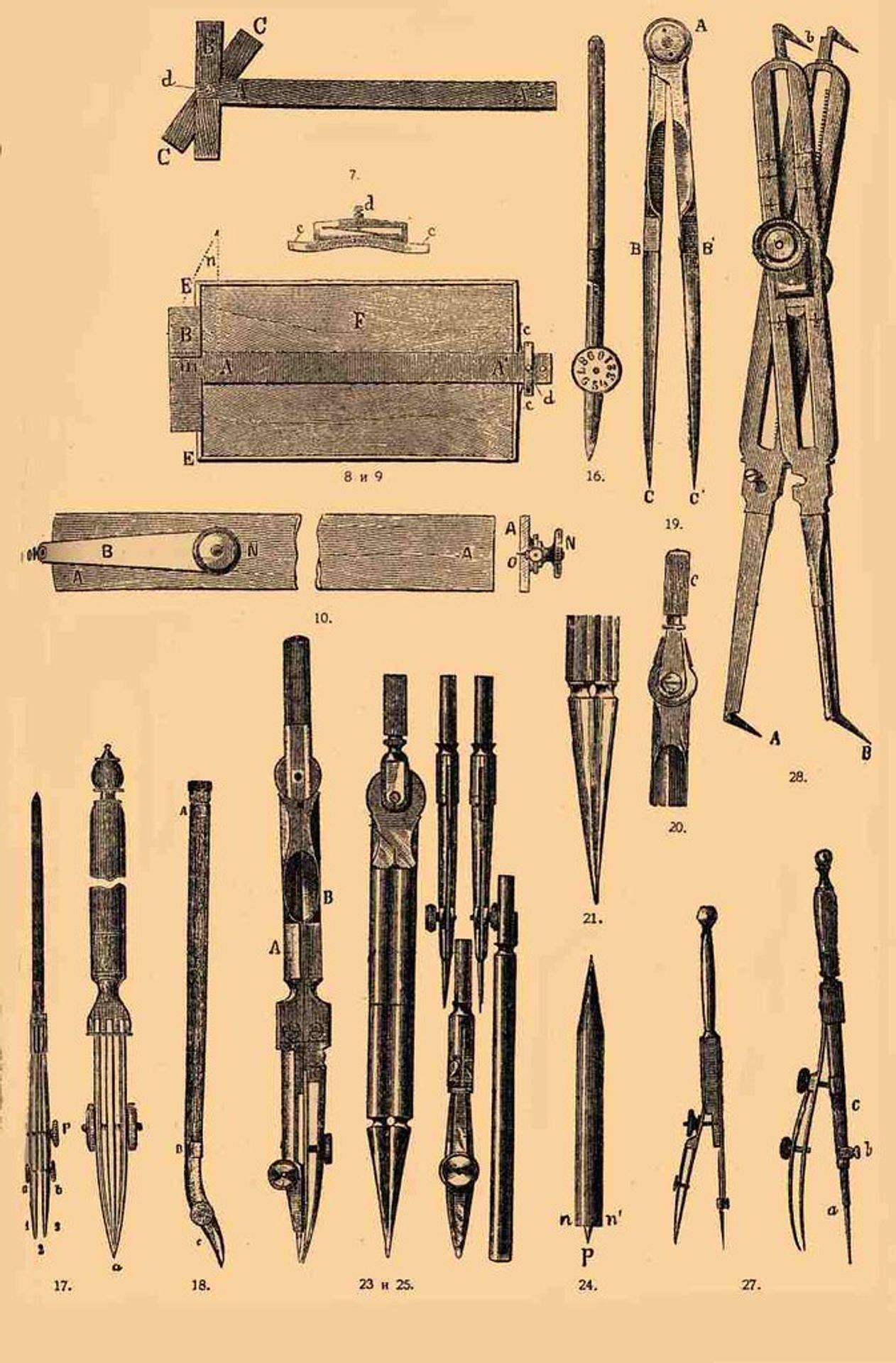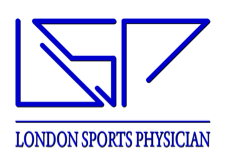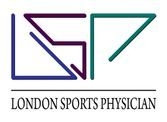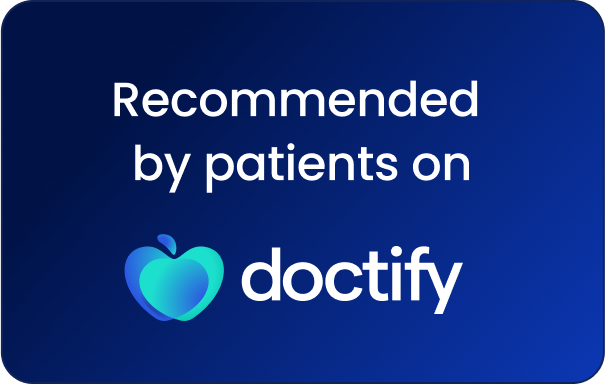Dryneedling & Acupuncture
Dryneedling & Medical Acupuncture
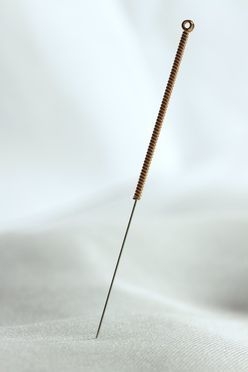
ACUPUNCTURE:
Patient Information Leaflet on Medical Acupuncture & Dryneedling
A/ Background
Acupuncture is a treatment with Eastern origins. It has been used for at least 3000 years in traditional Chinese medicine (from 1000 BC onwards).
Fine needles are inserted at certain sites in the body for therapeutic purposes. Acupuncture is often considered a form of complementary or alternative medicine (CAM), but is increasingly utilised in conjunction with conventional western medicine.
Acupuncture is used in both NHS and private settings, as well as in the majority of pain management clinics and hospices in the UK. This treatment can be carried out by healthcare practitioners trained and experienced in acupuncture.
This information leaflet has been designed with a view to introducing you to acupuncture as a treatment option.
B/ How does acupuncture work?
Broadly speaking, there are two different approaches. Practitioners may use a combination of both to achieve the best result for your current complaint.
1. Western medical acupuncture (WMA) is the use of acupuncture following a medical diagnosis. It involves stimulating the sensory nerves under the skin and in the muscles of the body. This is sometimes also referred to by practitioners as trigger point needling, dry needling or intramuscular stimulation (IMS).
This can result in the body increasing its production of natural pain-relieving substances such as endorphins. It is likely that these naturally released substances are responsible for the beneficial effects sometimes experienced with acupuncture. A course of acupuncture usually creates longer lasting pain relief than when a single treatment is used.
2. Traditional Eastern acupuncture employs a different philosophy and is based on the Eastern belief that an energy, or “life force”, flows through the body in channels called meridians. This life force is known as Qi (pronounced “chee”).
Practitioners who adhere to traditional beliefs about acupuncture believe that when Qi does not flow freely through the body, this can cause illness. They also believe acupuncture can restore the flow of Qi, and so restore health.
C/ Uses of medical acupuncture
Acupuncture practitioners use it to treat a wide range of health conditions. Acupuncture is often used to treat musculoskeletal conditions (injuries of the bones and muscles) and persistent pain, including:
- Joint and muscle pain (e.g. neck, back, shoulder, elbow, wrist and hand, hip, knee, ankle and foot, buttock, hamstring, groin, pelvis and thigh injuries)
- Muscle spasm (e.g. myofascial pain syndromes)
- Acute and chronic pain syndromes
- Headaches (e.g. migraines, tension headaches)
- Dental pain (e.g. temporomandibular joint (TMJ) pain)
- Postoperative pain
D/ How medical acupuncture is performed
An acupuncture treatment session varies and can usually last from 10-30 minutes. At the initial visit, this will involve an assessment of your medical history and a physical examination, sometimes followed by insertion of acupuncture needles.
During the session, you’ll usually be asked to sit or lie down. It is helpful if you wear loose clothing that does not restrict your movements and enables you to remain in a relaxed position. You may also be asked to remove some clothing so the practitioner can access certain parts of your body for treatment.
Your skin will be cleaned and needles inserted into specific places on your body, which practitioners call acupuncture points. The needles used are fine and usually a few centimetres long. They will be single-use, pre-sterilised needles that are disposed of safely immediately after use.
The needles may be inserted just under the skin, or deeper so they reach muscle tissue. Once the needles are in place, they may be removed quickly or left in position for a longer period of time. This will depend on the effect the practitioner is trying to achieve. Acupuncture practitioners will choose specific points to place the needles. Multiple acupuncture points may be used during a treatment session, depending on what symptoms or conditions you have.
You may feel a tingling or dull ache when the needles are inserted. In some cases, the muscle may twitch if the acupuncture needle reaches a particularly tight area. In some cases, your practitioner may rotate the needles or stimulate them with a mild electric current (known as electro-acupuncture).
Acupuncture can be administered as a series of treatments or as a single session. There is flexibility in the way this treatment is delivered and will depend on what your healthcare practitioner and yourself have agreed would work best for your condition.
E/ Acupuncture safety and side effects
When carried out by a qualified practitioner, acupuncture is generally very safe.
Some people experience short-lived side effects such as:
- Pain where the needles puncture the skin (variable, but this can last for hours to several days)
- Bleeding or bruising where the needles puncture the skin
- Drowsiness
- Nausea
- Feeling emotional or euphoric
- Feeling faint or lightheaded
- Sweating
- Worsening of pre-existing symptoms – If you have a significant response at the time of treatment, you may experience an increase in your symptoms or pain in areas around the treatment site. This is usually temporary.
F/ Aftercare
- After treatment, patients are reassessed to ensure they are well enough to leave.
- It is a good idea to consume food and hydrate well with clear fluids or juice immediately after treatment to minimise the risk of feeling faint.
- Oral painkillers (e.g. Paracetamol or Ibuprofen in patients who have no medication allergies to them) can also be very helpful to minimise the sensation of post-treatment soreness and pain.
- It is often helpful to rest a day or two after the treatment, before resuming your usual level of activity. Try to get a good night’s sleep afterwards to aid recovery.
G/ Specific precautions
- If you have a bleeding disorder such as haemophilia or are taking anticoagulants such as warfarin/heparin/ apixaban, please alert your acupuncture practitioner so that they are aware and it may be that they decide not to use acupuncture with you. Each case is discussed and considered on its individual merits.
- Acupuncture is also not usually advised if you have a severe metal allergy or an infection in the area where needles may be inserted.
- If you have a severe needle phobia, this treatment is also not advised.
- It is generally safe to have acupuncture when you are pregnant. However, please do let your acupuncture practitioner know if you are pregnant because certain acupuncture points are avoided during pregnancy.
Bibliography
- www.nhs.uk/conditions/acupuncture/
- www.nhs.uk/news/medical-practice/experts-debate-whether-acupuncture-can-relieve-chronic-pain/
- www.uclh.nhs.uk/OurServices/ServiceA-Z/INTMED/IMGAC/Pages/Home.aspx
- www.medical-acupuncture.co.uk/AcupunctureinBackPain.aspx
- www.medical-acupuncture.co.uk/Members/InfoforPractitioners/ReadingList.aspx
- Simons D, Travell J, Simons L. Editors. Travell and Simon’s Myofascial pain and dysfunction : the trigger point manual. 2nd ed. Baltimore: Williams & Wilkins; 1999.
- CC Gunn, PD Wall. The Gunn approach to the treatment of chronic pain: Intramuscular stimulation for myofascial pain of radiculopathic origin. 2nd ed. Churchill Livingstone; 1996.
